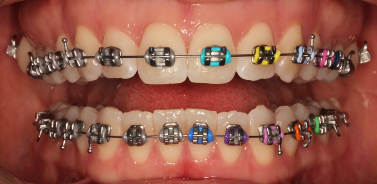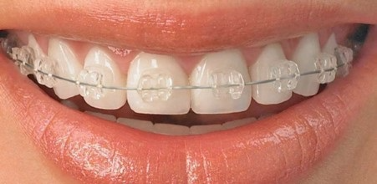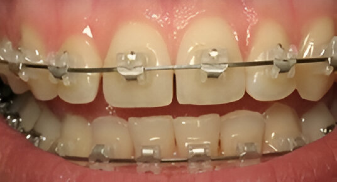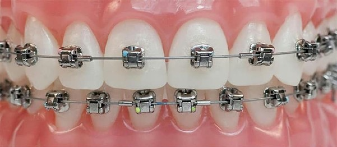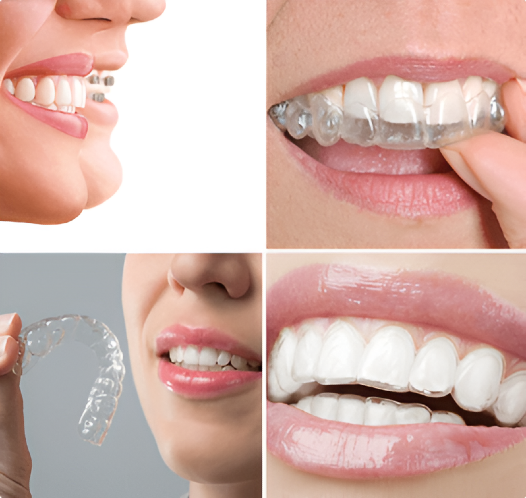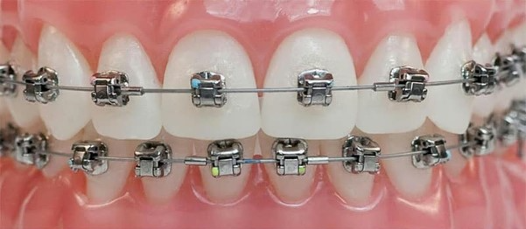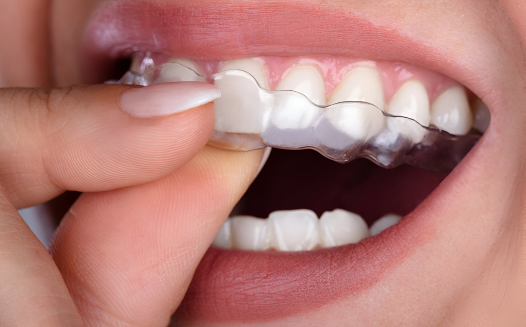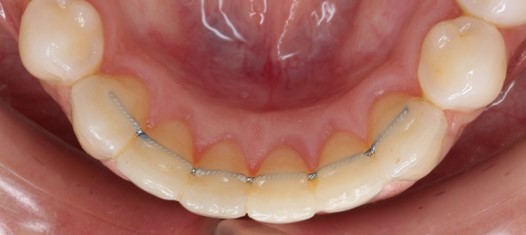Phase II begins once your child has all their permanent teeth. Also called full orthodontic treatment, this phase may include traditional orthodontic braces or Clear Aligners.
Orthodontic treatment in the teen years and beyond is focused on perfecting the look and function of teeth. Remember that even if your child didn’t get a full orthodontic evaluation before they got all their permanent teeth, it’s never too late to benefit from orthodontics.
Give your child a healthy start to a beautiful smile with early orthodontic care. Schedule a consultation.




